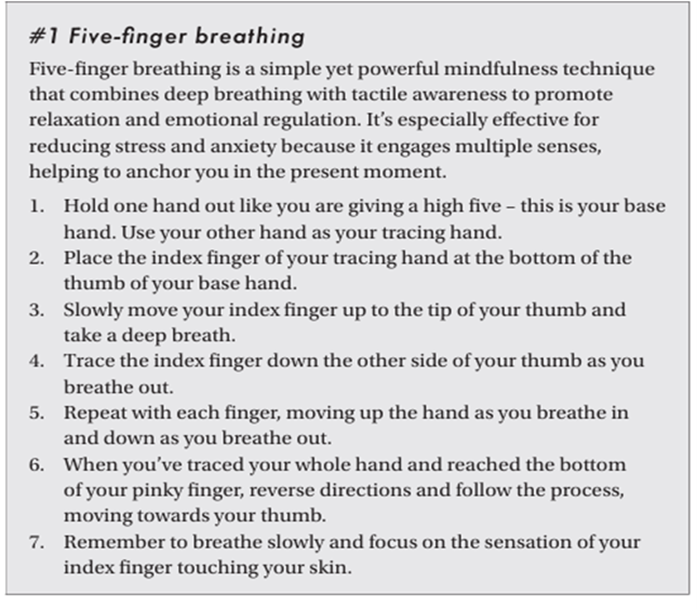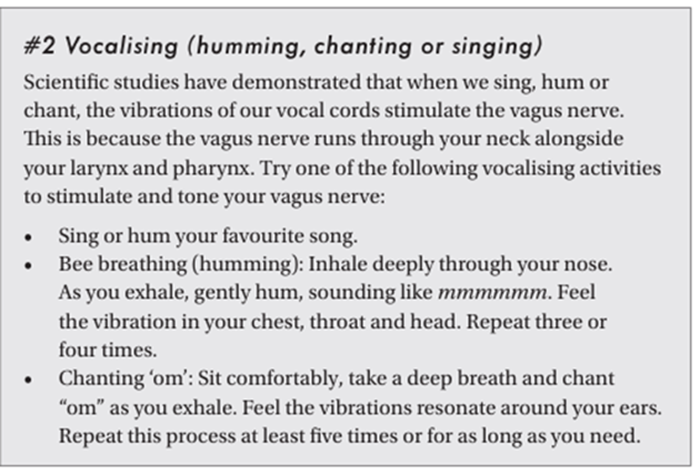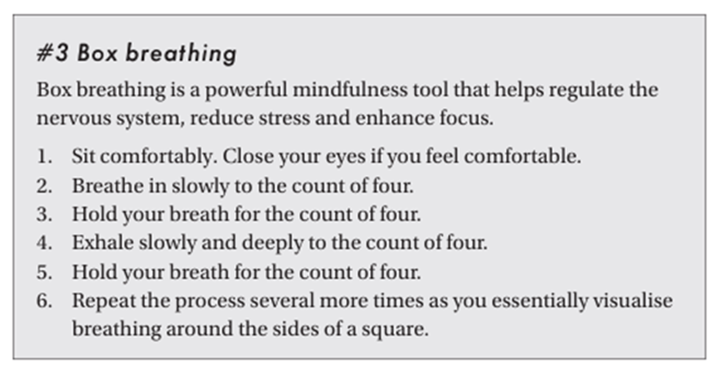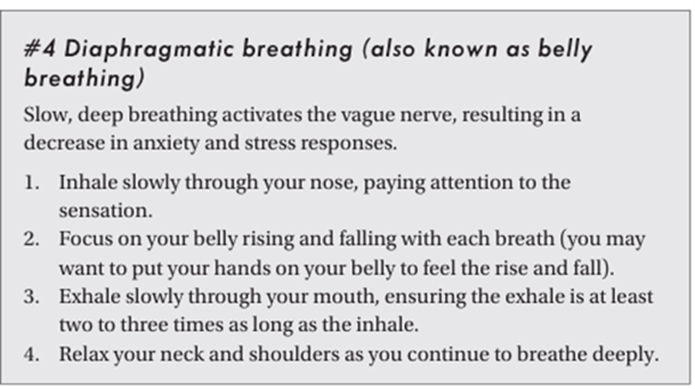How to Truly Relax: Reclaiming Calm Through the Parasympathetic Nervous System
When was the last time you felt truly calm? Not just unproductive. Not just “not busy.” But safe. Soft. Rested
In our fast-paced, hyper-connected world—especially in the demanding world of education—true relaxation can feel elusive. We might think we’re relaxing as we scroll through our phones or collapse on the couch after a long day. But if our minds are still racing, ruminating, or anticipating the next task, our bodies don’t get the message: It’s safe to rest now.
Understanding the Parasympathetic Nervous System
The parasympathetic nervous system (PNS) is our body’s built-in restoration system. It’s designed to activate when the brain no longer perceives threat—when we feel safe enough to rest, digest, and repair. It’s the counterbalance to the sympathetic nervous system, which governs our stress response.
When the PNS is activated, it:
· Slows the heart rate
· Lowers blood pressure
· Deepens breathing
· Stimulates digestion
· Promotes a sense of calm and connection
But here’s the catch: if we remain mentally activated—even during “downtime”—the PNS can’t do its job. Scrolling, multitasking, or mentally replaying the day keeps us in a low-level state of stress. Our bodies stay braced, our minds stay busy, and true restoration remains out of reach.
Why This Matters for Teachers
Teaching is a cognitively and emotionally demanding profession. Every day, educators engage in a symphony of mental tasks: planning, observing, assessing, negotiating, organizing, responding, and adapting. This constant cognitive load can lead to chronic overthinking and emotional fatigue.
Without intentional recovery, the nervous system remains stuck in “on” mode. Over time, this can erode wellbeing, diminish resilience, and contribute to burnout.
The Vagus Nerve: Your Inner Brake Pedal
At the heart of the PNS is the vagus nerve—a powerful cranial nerve that acts like a brake pedal for your body. When stimulated, it sends signals to slow your heart rate, lower your blood pressure, and shift your body into a state of calm.
Your vagal tone—the strength and responsiveness of this nerve—plays a key role in how well you manage stress:
High vagal tone = greater emotional regulation, resilience, and calm
Low vagal tone = heightened stress reactivity and anxiety
The good news? You can train and strengthen your vagal tone.
Evidence-Based Ways to Activate the Parasympathetic Nervous System
The following practices—featured in my book Teacher Wellbeing Transformed—invite your nervous system into rest, repair, and reconnection. Each one is grounded in evidence and crafted for real-world application. They include mindfulness practices and physical exercises specifically designed to stimulate the vagus nerve—each one supporting activation of the parasympathetic nervous system. Consider which one aligns best with your needs today.
Calm Is Not a Luxury—It’s a Necessity
True relaxation isn’t a reward for finishing your to-do list. It’s a biological imperative. When we learn to regulate our nervous systems, we don’t just feel better—we teach better, connect better, and live better.
So today, ask yourself: What’s one small way I can signal to my body that it’s safe to rest? Because you deserve more than just survival. You deserve to feel truly calm.
Want to learn more about how to activate your parasympathetic nervous system and support your wellbeing as an educator?
Teacher Wellbeing Transformed is your guide to understanding your nervous system and includes many practical, evidence-based techniques to activate your relaxation response.






